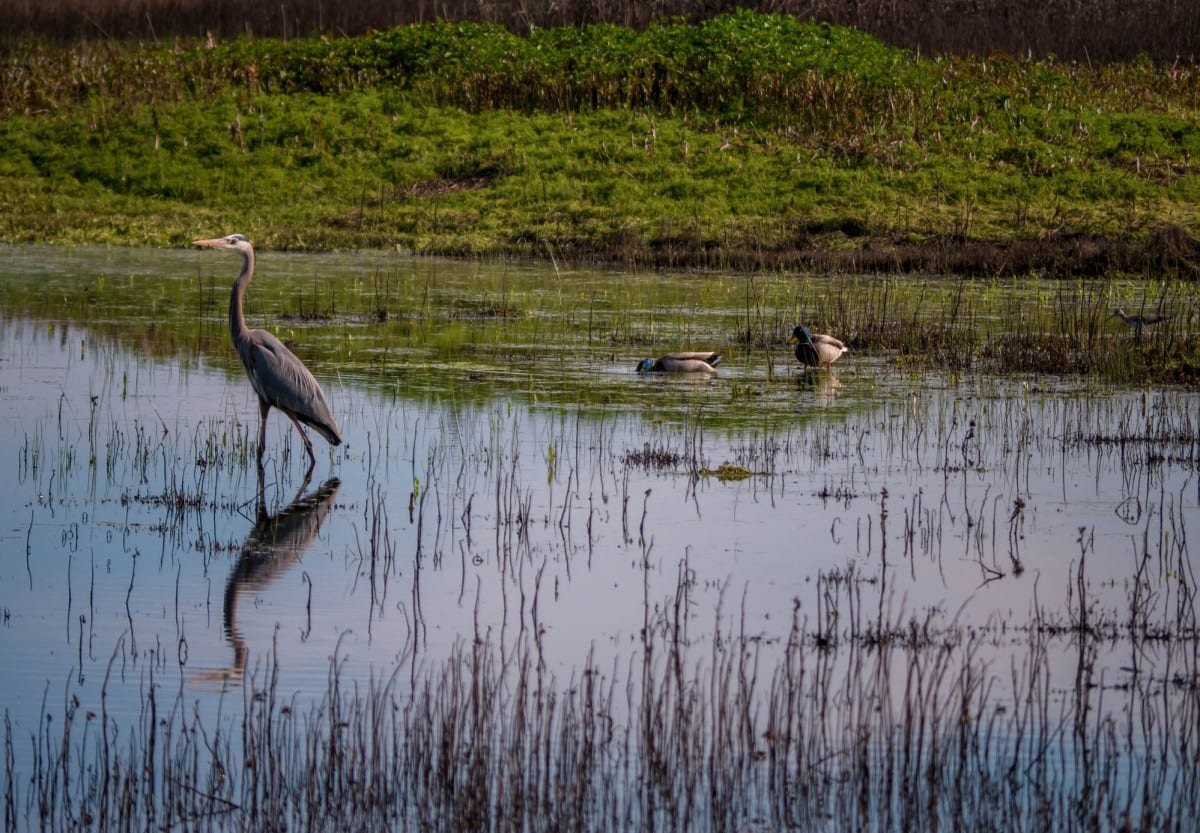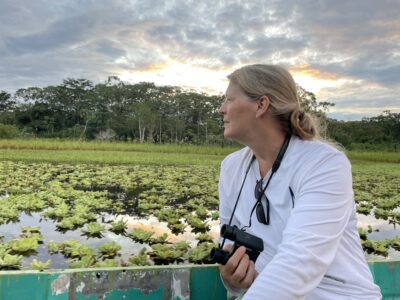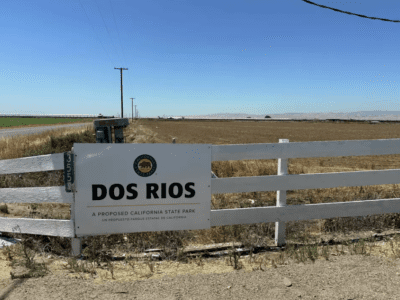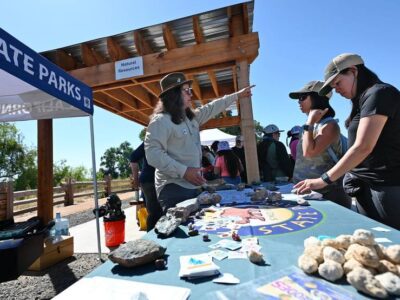by Julie Rentner and Manuel Oliva, Special to CalMatters
CalMatters is a nonpartisan, nonprofit journalism venture committed to explaining how California’s state Capitol works and why it matters.

2021 presents opportunities for decisive and positive action, including the launch of the United Nations’ Decade on Ecosystem Restoration which reinforces the importance of healing degraded ecosystems around the world before it’s too late. It gives us great hope to know that California is committed to leadership through investment and sharing lessons learned from decades of experience.
Our diverse ecosystems, abundant natural resources and a mild climate have helped attract millions of residents and developed California’s world-class economy. Sadly, our approach to economic progress has imperiled our unique wetlands, grasslands, rivers and mountain meadows – natural assets directly responsible for purifying and storing our drinking water, sequestering carbon, providing recreational opportunities, supporting diverse wildlife habitat and so much more.
To take just one example, California has lost more than 90% of its wetlands since the arrival of European settlers. Wetlands play an increasingly crucial role in absorbing excess water and protecting coastal and inland communities from flooding. They also provide critical habitat for wildlife, including a variety of species found nowhere else on Earth, some of which are at risk of blinking out of existence.
The organizations we lead, River Partners and Point Blue Conservation Science, have decades of experience studying, planning, implementing and evaluating restoration projects around the state. Together, we’ve identified three critical lessons California has to offer the world to improve restoration on a global scale:
First, all restoration needs to be “climate smart.” We can’t aim to simply restore landscapes and habitat corridors to how they once were. We need to prepare them for climate extremes. That means, for example, using drought-hardy plants to prepare for drier years ahead. At the other end of the spectrum, we must establish robust native forests and marshes to buffer and protect our communities from the more intense flooding experts predict from increased rainfall and sea-level rise.
Second, we need ongoing science. In California, we are connecting scientific innovation to the practice of wetland and river restoration at scales seen nowhere else on Earth. For more than 20 years, River Partners and Point Blue Conservation Science have partnered to link cutting-edge research with large-scale restoration to deliver significant public benefits such as flood control, carbon capture and biodiversity, renewing tens of thousands of acres of wetlands and forests across California’s most imperiled regions.
Third, strong partnerships are essential for getting anything done. Decades of successful collaboration among farmers, land managers, local stakeholders, scientists and policymakers here have achieved tangible, lasting benefits for our natural resources and communities. While diverse interests may not agree on everything, the power of collaboration over confrontation produces transformative results needed at this critical time.
At a moment when we could all use a little hope, the UN’s declaration is just one of many key commitments coming together to accelerate ecosystem restoration.
In October, Gov. Gavin Newsom signed a bold executive order charging state agencies with developing strategies for addressing the global biodiversity and climate crises here at home. As part of the order, Newsom established the unprecedented goal of conserving at least 30% of California’s land and coastal waters by 2030.
In doing so, California joins a global movement of countries, including the U.S. through pledges from President-elect Joe Biden, committed to achieving equally bold targets. Bipartisan passage of the Great American Outdoors Act this summer permanently funded the Land and Water Conservation Fund to help provide desperately needed resources to better steward our public lands.
Scientists urge that the world has the next decade or so to avoid the most dire environmental scenarios. With no time to waste, and with the robust knowledge that restoration is a good societal investment, the recent national and international commitments to restoration should give us all hope for 2021 and beyond. We call on California to increase investments in community-based restoration, and we’ve already rolled up our sleeves to turn pledges into progress.
_____
Julie Rentner has also written about how mega fires and mega floods in California require a response of similar scale.
See the original CalMatters op-ed.




